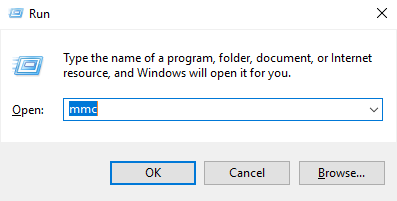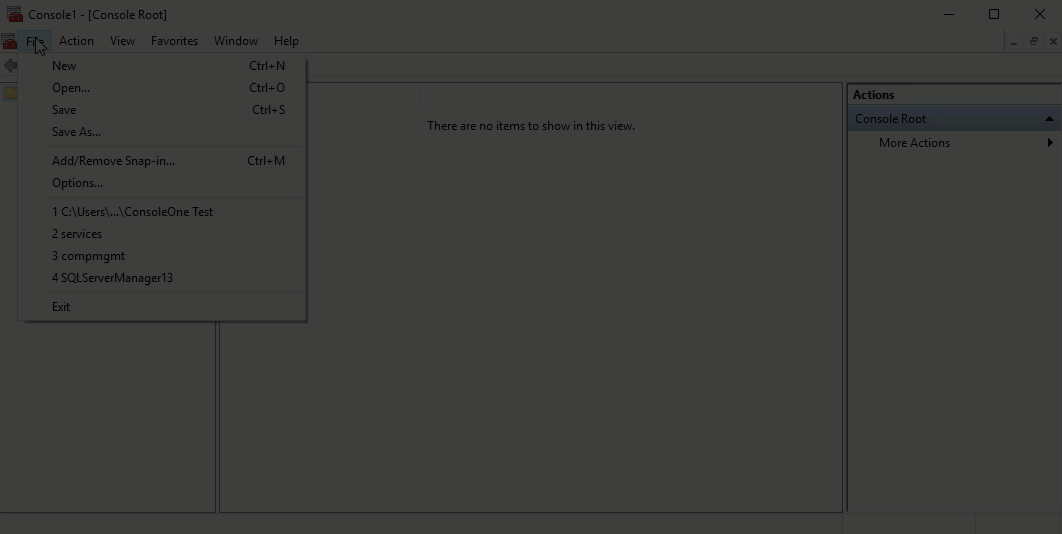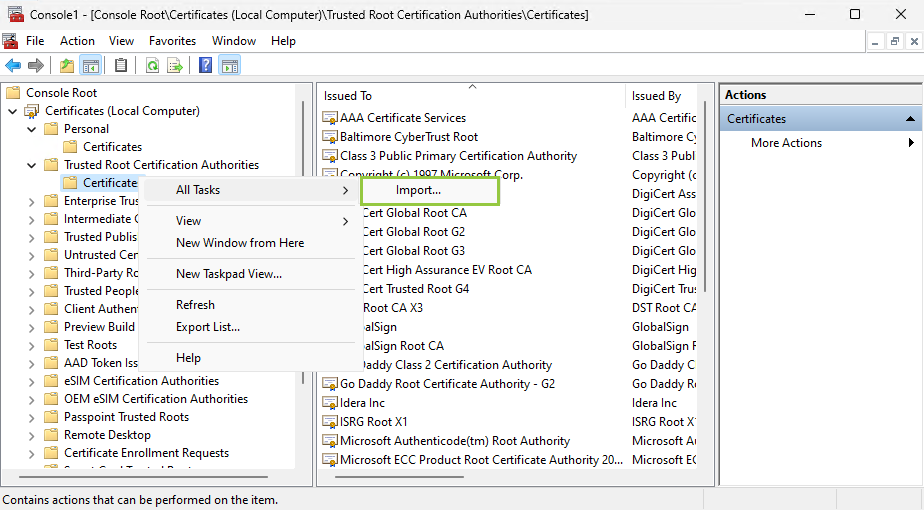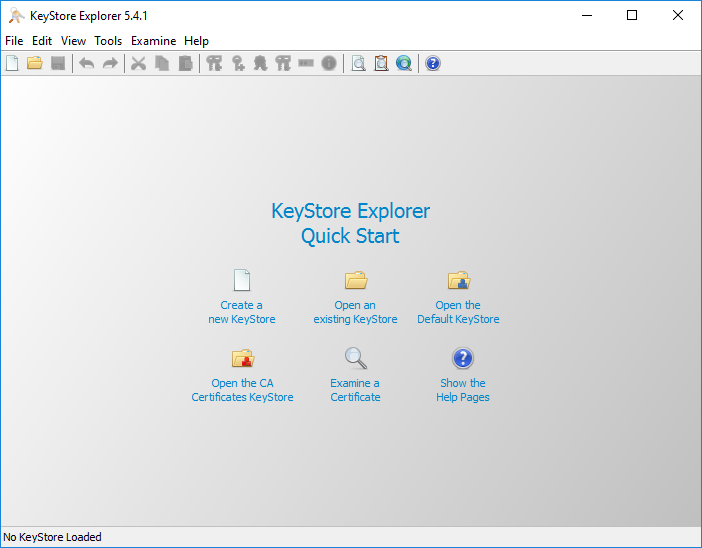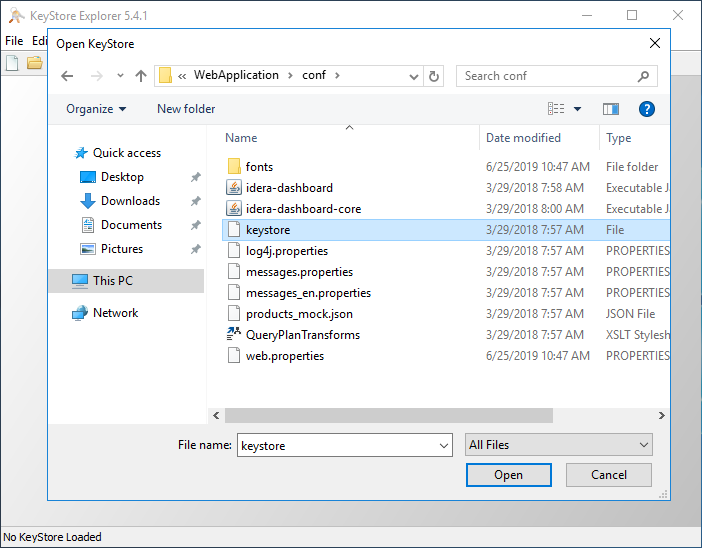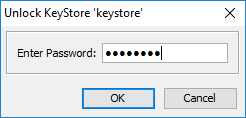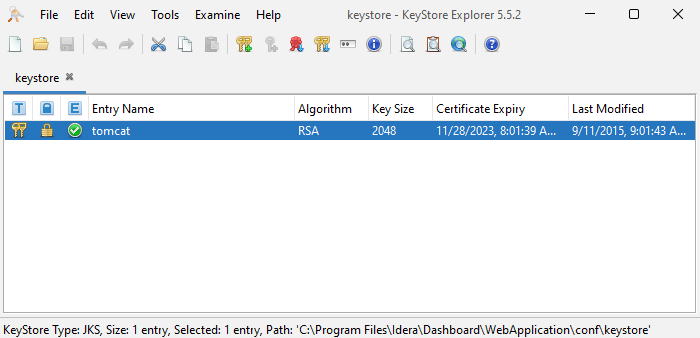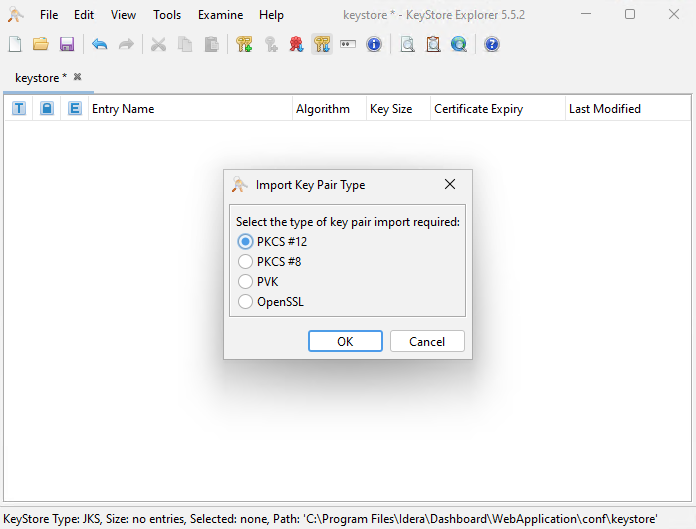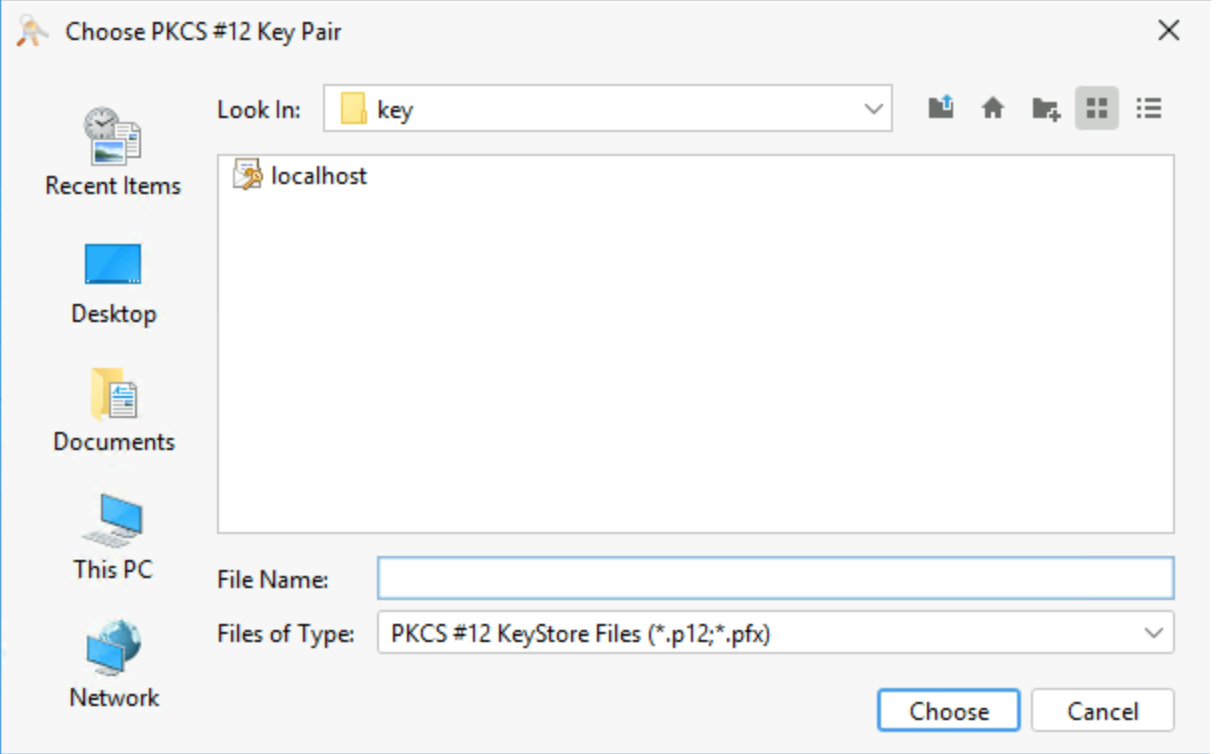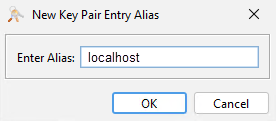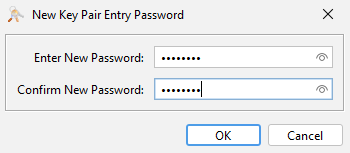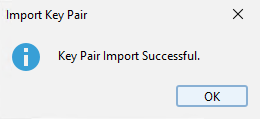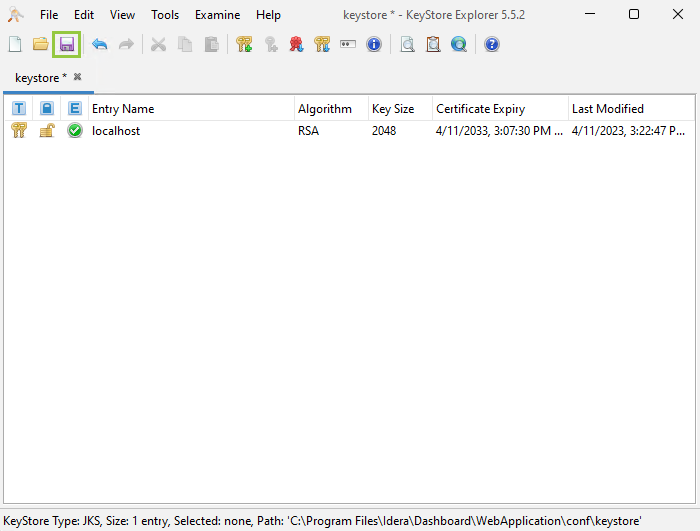Page History
...
Create a self-signed certificate
- Launch Windows Powershell as administrator.
Create your certificate by running the following command. Leave the Windows PowerShell console session open open.
Code Block language powershell $certName = "{certificateName}" ## Replace {certificateName}Tip Replace
{certificateName}with the name that you will use to access the IDERA Dashboard. For example, if you are using thehttps://ComputerName:9291link to access IDERA Dashboard, then useComputerName. In case, you are using thehttps://ComputerName.Domain.com:9291address then useComputername.Domain.com. In this example we are usinglocalhost.Run the following command to configure your certificate settings.
Code Block language powershell $Params = @{ "DnsName" = @($certName,"{certificateName}") ## If you want to include other addresses or servers, you must separate each with a comma "CertStoreLocation" = "Cert:LocalMachine\My" "KeyExportPolicy" = "Exportable" "KeySpec" = "Signature" "KeyUsage" = @("KeyEncipherment","DigitalSignature") "KeyAlgorithm" = "RSA" "KeyLength" = "2048" "HashAlgorithm" = "SHA256" "NotAfter" = (Get-Date).AddYears(10) } ## Checks for asterisks in the $certName and replaces it with the underscore character If ($certName.Contains("*")) { $certName = $certName -replace '\*','_' }Note Replace
{certificateName}with the certificate name you previously defined in Step 2.Tip Change the
NotAfterparameter value to make your certificate valid for a more extended period.Run the command below to create your certificate defined with the parameters above.
Code Block $cert = New-SelfSignedCertificate @Params
...
Complete your certificate configuration by adding the .cer file to the Trusted Root Certification Authorities folder in the Console Root. To do so, follow the steps below. :
- Open the Microsoft Management Console (MMC) by selecting Run from the Start menu as Administrator. Type mmc and click Start > Run and typing mmc. Click OK.
- When the MCC window opens, click File from the menu toolbar, and select Add/Remove Snap-in...
- Once the Add or Remove Snap-ins window opens, select Select Certificates from the Available snap-ins options and click Add >.
- In the Certificates snap-in window, select Computer Account, and click Next.
- In the Select Computer window, verify that the Local computer is set as the computer you want the snap-in to manage. Click Finish.
- Import your certificate (
.cerfile) into the Trusted Root Certification Authorities folder. To do so, expand the Certificates node, from the Console Root tree and Certificates and right-click the Trusted Root Certification Authorities folder, select folder. Click All Tasks , and click > Import...
When Follow the Certificate Import Wizard opens, follow the instructions instructions to import the
.cerfile previously created.Info When adding your certificate or private key using the Certificate Import Wizard, use the password you previously defined in the Export your certificate private key section.
Import Key Pair
- Download the free KeyStore Explorer utility from
and install it.Newtab2 alias http://keystore-explorer.org/ url http://keystore-explorer.org/ - Open KeyStore Explorer as administrator. KeyStore Explorer displays the following Quick Start options. On launch, it may ask you to download an updated Java updated Java Cryptography Extension (JCE) Unlimited Strength file.
- Click Open an existing KeyStore.
- Browse to the IDERA Dashboard conf directory , (the default path is
C:\Program Files\Idera\Dashboard\WebApplication\conf), and open the keystore file. - On the Unlock KeyStore dialog window, enter "password" and then click OK.
- KeyStore Explorer displays a list of any existing certificates. Delete the existing key and click the Import Key Pair button.
- Select PKCS #12 as the type of key you want to import, and click OK
- Look for the key you created steps above (in this case,
localhost.pfx) andclick Choose. - Select an alias for your key, and click OK.
- In Enter New Password type "password", confirm, and click OK.
- When the configuration is completed the following message pops up, click OK.
- Return to the main KeyStore Explorer window, save your configuration, and close the application.
- Close all the opened browsers.
- Restart the Idera Dashboard Core Service and Idera Dashboard Web Application Service.
- Access to the IDERA Dashboard with the following link
https://<{certificateName}>:9291.
